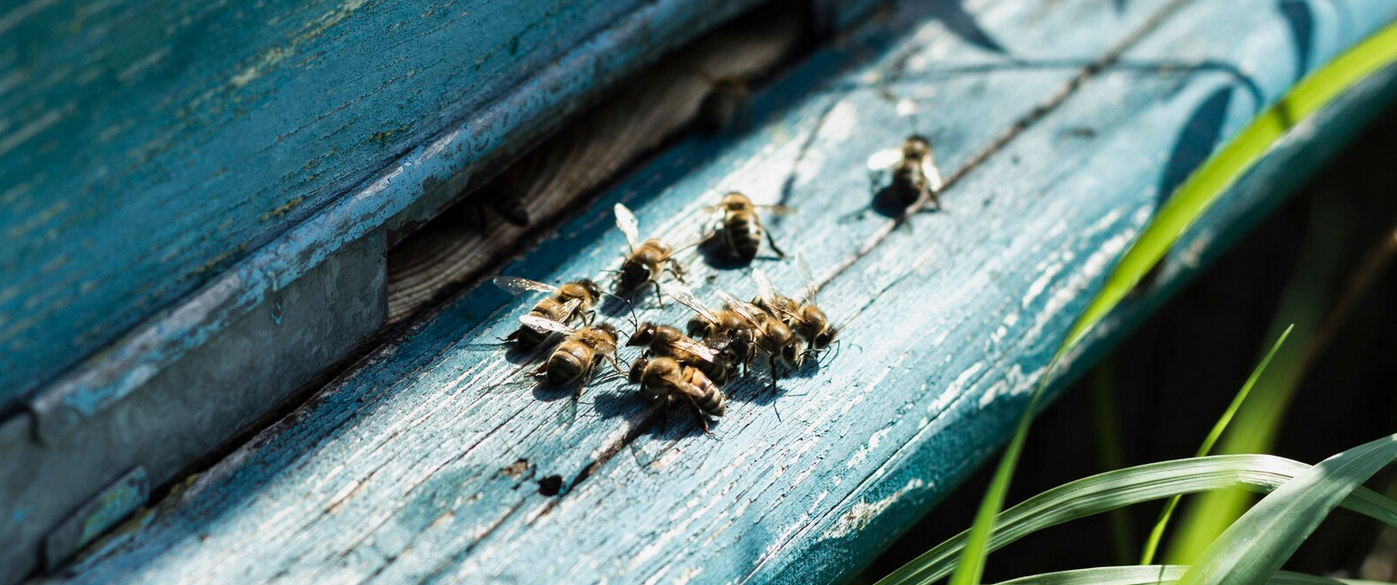
An image which may or may not be related to the article. FREEPIK
Urban Beekeeping: Saving the Bees One Rooftop at a Time
Summary:
Bees, the tiny architects of our ecosystem, are in trouble. Climate change, pesticides, and habitat loss have driven their populations into decline, sparking a global outcry. But in the unlikeliest of places—our cities—beekeeping is flourishing. Rooftops, balconies, and urban gardens are becoming havens for these essential pollinators. Could urban beekeeping be the unlikely hero in saving the bees? Let’s explore the gritty, sweet, and often surprising world of beekeeping in the concrete jungle.
For centuries, bees were synonymous with rolling countryside and blooming fields. They were the invisible labor force behind our food, pollinating crops and flowers without fanfare. But as agriculture industrialized and cities sprawled, their habitats began to shrink. Add pesticides and climate change to the mix, and you have a crisis so severe it has its own name: colony collapse disorder.
Enter urban beekeeping—a grassroots movement born out of necessity and a dash of defiance. In the most unlikely corners of our cities, people are stepping up to give bees a fighting chance.
Why Bees Need Cities
Ironically, cities—long considered enemies of nature—are proving to be unexpected sanctuaries for bees. Why? Because the countryside, once their paradise, has become a battleground.
Monoculture farming, which prioritizes single crops over biodiversity, has turned vast swaths of rural land into food deserts for bees. Pesticides, sprayed with reckless abandon, poison not just pests but the very pollinators agriculture depends on. Meanwhile, climate change throws everything into chaos, disrupting flowering seasons and food availability.
Cities, chaotic as they are, offer a surprising refuge. Urban gardens, parks, and even weedy patches of sidewalk provide a diverse array of flowers. And unlike industrial farms, cities use fewer pesticides, giving bees a fighting chance. The irony isn’t lost on anyone: the concrete jungle may be the last hope for some of nature’s most vital creatures.
The Rooftop Revolution
Urban beekeeping isn’t just a hobby—it’s a movement. From New York to Paris, Tokyo to Berlin, beekeepers are transforming rooftops into thriving apiaries.
There’s something undeniably poetic about it: hives perched on the top of luxury hotels, office towers, and community centers. Bees flying out into the cityscape, dodging skyscrapers and cars, only to return laden with pollen collected from balcony gardens and park flowers.
It’s not just about saving the bees, either. Urban beekeeping fosters a deeper connection between people and nature, even in the most industrialized environments. City dwellers, often disconnected from where their food comes from, are learning firsthand about the delicate dance of pollination. And the honey? It’s as diverse as the cities themselves, reflecting the unique mix of flora in each neighborhood.
The Challenges of City Beekeeping
Of course, urban beekeeping isn’t all sunshine and honeycombs. Raising bees in a city presents its own unique challenges.
There’s the issue of space—hives need room, and not every rooftop or balcony is suitable. Then there’s public perception. While many embrace the idea of helping pollinators, others balk at the thought of swarms of bees near their homes or offices. Misconceptions about bees as aggressive stinging machines often overshadow their gentle, industrious nature.
And let’s not forget the bees themselves. Urban environments, for all their floral diversity, are still harsh. Pollution, extreme heat, and the constant hum of human activity can stress even the hardiest colonies. It’s a testament to the resilience of bees—and the dedication of their keepers—that urban hives thrive at all.
Can Urban Beekeeping Save the Bees?
The short answer is: it helps. Urban beekeeping alone won’t solve the global bee crisis, but it’s a crucial piece of the puzzle. Every hive contributes to biodiversity, raises awareness, and provides a safe haven for bees in a world that’s increasingly hostile to them.
But saving the bees requires more than just rooftop hives. It demands systemic change: reducing pesticide use, protecting natural habitats, and addressing climate change. Urban beekeeping is a step in the right direction, but it’s just one of many steps we need to take.
Standing under the shadow of skyscrapers, watching bees flit from flower to flower, there’s a strange kind of hope. These tiny creatures, so vital to our survival, are adapting to a world we’ve reshaped almost beyond recognition. And maybe, just maybe, we can learn something from them.
Urban beekeeping isn’t just about saving bees—it’s about redefining what it means to coexist with nature. It’s about finding beauty and balance in the unlikeliest places. So the next time you hear the hum of a bee in the middle of the city, pause for a moment. That sound isn’t just the buzz of wings—it’s the buzz of hope.
 muppazine
muppazine